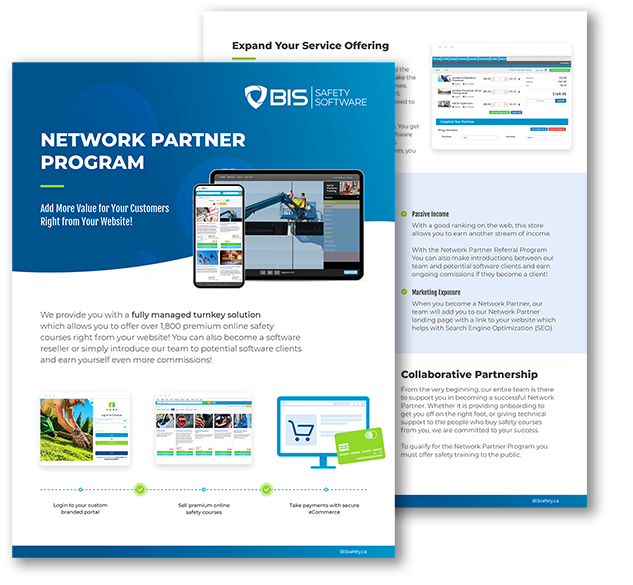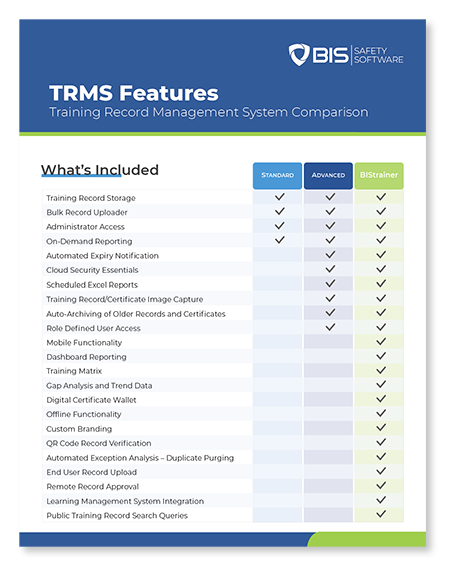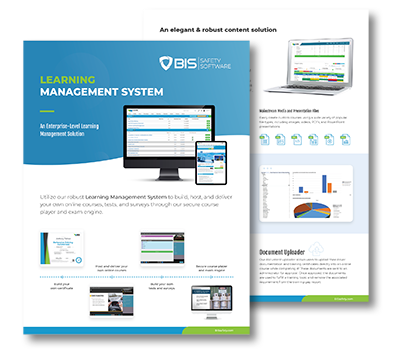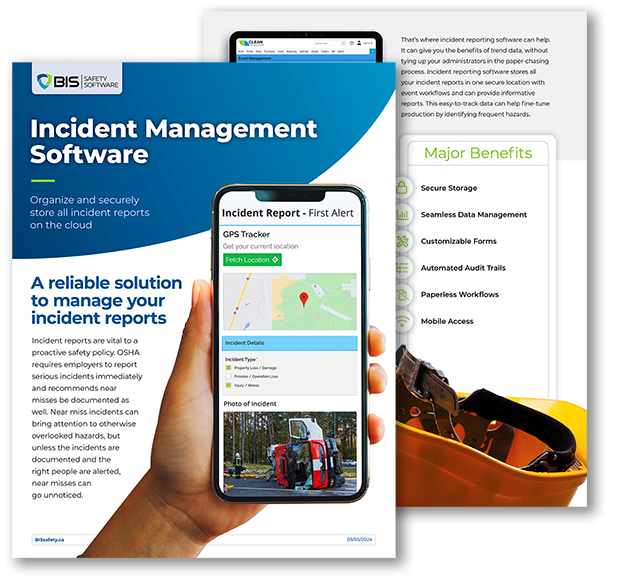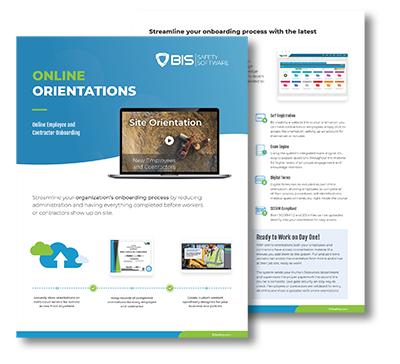Safety is nothing new, it’s human nature to watch out for one’s well-being. Yet a governed approach to safety is relatively new.
Over the last century, we’ve seen safety transform from self-regulated to regionally mandated. Safety in the past mainly fell on the peers, mentors, and the specialists themselves. Now it’s still crucial to have a knowledge-sharing crew like the old, but some of the old responsibilities have been reduced thanks to signage, information, awareness training, and safety gear. Let’s explore some of the centralised changes that ushered us into today.
The Early Days of Safety: A Look at the Evolution of Equipment
In the early 20th century, workplace safety was still a developing concept, with much of the focus placed on preventing the most egregious hazards in industries such as mining, construction, and manufacturing. At this time, equipment was basic, often homemade, and not standardized. Here’s a look at some of the pivotal safety equipment developed during this period and the years they were introduced:
1. Safety Goggles (1900s)
- Purpose: Protecting the eyes from debris, dust, and harsh light.
- Evolution: Initially made from glass and later evolved to incorporate shatter-resistant materials.
2. Respirators (1910s)
- Purpose: Shielding lungs from harmful dust and gas, especially prevalent in mining and chemical industries.
- Evolution: Early versions were simple masks made of cloth and rubber, which evolved into the more effective gas masks used during World War I.
3. Hard Hats (1919)
- Purpose: Protecting workers’ heads from impact and falling objects.
- Evolution: The first industrial hard hat, known as the “Hard Boiled hat”, was invented by Edward W. Bullard. It was originally made from steamed canvas, glue, and black paint.
4. Safety Boots (1920s)
- Purpose: Offering protection for the feet against heavy objects and sharp materials.
- Evolution: Early boots were made of heavy leather with steel toes added for extra protection, which became a standard in industrial footwear.
5. Ear Protection (late 1920s)
- Purpose: Preserving hearing in environments with constant, loud noise.
- Evolution: Early forms of ear protection were rudimentary, often mere cotton wool stuffed into the ear canal, evolving into more effective earmuffs and earplugs.
6. Safety Belts (1930s)
- Purpose: Preventing falls from heights in construction and utility jobs.
- Evolution: Initial designs were basic belts with simple hooks, evolving into full-body harnesses with multiple attachment points for better safety.
These early developments in safety equipment were crucial stepping stones in the journey toward modern workplace safety standards. Each piece of equipment was a response to the specific dangers of the time and marked progress towards understanding and mitigating workplace risks. These innovations laid the groundwork for the comprehensive safety protocols and advanced protective gear we see in industries today.

The Mid-Century Shift in Workplace Safety: A Closer Look at Regulations and Awareness
The mid-20th century marked a significant turning point in the evolution of workplace safety. This period was characterized by an increasing industrial output post-World War II, which brought heightened awareness to the numerous risks present in rapidly growing industries. This era saw the establishment of pivotal safety regulations and the founding of crucial safety organizations, which collectively enhanced the safety standards across various sectors.
1. The Establishment of Regulatory Bodies
- Occupational Safety and Health Administration (OSHA) – 1970, United States
- Purpose: OSHA was created under the U.S. Department of Labor to ensure safe and healthful working conditions by setting and enforcing standards and by providing training, outreach, education, and assistance.
- Impact: The formation of OSHA was a response to an increasing number of workplace fatalities and injuries. By enforcing safety standards, OSHA significantly contributed to the reduction of workplace injuries and deaths.
- Health and Safety Executive (HSE) – 1974, United Kingdom
- Purpose: Established by the Health and Safety at Work etc. Act 1974, the HSE aims to prevent work-related death, injury, and ill health.
- Impact: The HSE was instrumental in creating a comprehensive safety and health framework across various industries in the UK, reducing workplace fatalities and injuries.
2. Key Safety Regulations Introduced
- The Coal Mine Safety Act (1952), United States
- Purpose: Specifically aimed at improving safety in coal mines following several deadly mining disasters.
- Impact: This act led to more stringent inspections and regulations in the mining industry, including mandatory safety standards for coal dust and gas monitoring.
- Factories Act 1961, United Kingdom
- Purpose: Consolidated various pieces of legislation to govern workplace conditions in factories.
- Impact: The Act covered numerous aspects of safety, including the machinery safety, working hours, and the welfare of workers, leading to a more structured approach to factory safety.
3. Industrial Focus and Technological Advances
- Construction and Manufacturing (1940s-1960s)
- Safety Focus: With the post-war building boom, there was an urgent need for safety regulations in construction and manufacturing to handle the increased risk from heavy machinery and high-rise construction projects.
- Technological Advances: Introduction of safer construction equipment, automated systems in manufacturing, and better personal protective equipment.
- Chemical Industry (1950s-1970s)
- Safety Focus: Handling of hazardous materials and the prevention of industrial accidents were primary concerns.
- Technological Advances: Development of chemical safety standards, improved protective gear for handling chemicals, and the implementation of emergency response strategies.
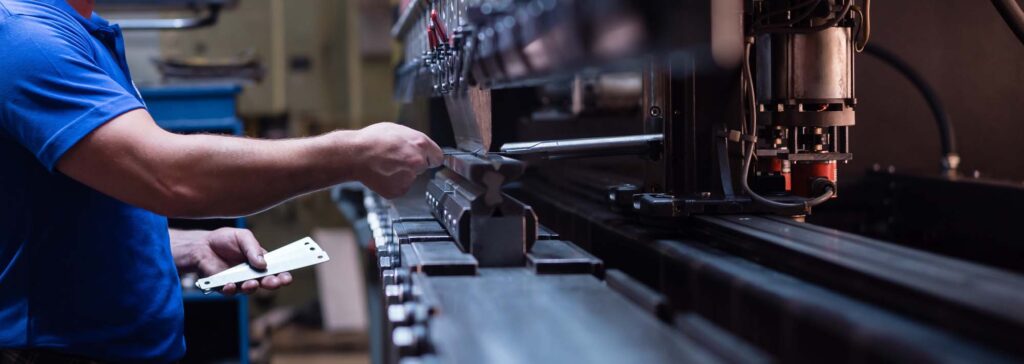
4. Rising Worker Rights and Safety Culture
- Labor Movements (Throughout the mid-20th century)
- Purpose: Workers increasingly organized to demand safer working conditions and the right to participate in safety planning.
- Impact: These movements led to greater employee involvement in safety practices and fostered a culture of safety that emphasized preventive measures.
This period of regulatory and cultural transformation was crucial in shaping modern safety practices. By the 1970s, workplace safety had become not only a regulatory requirement but a central tenet of industrial operations, paving the way for ongoing advances in safety technologies and methodologies.
Technological Integration: Safety Goes Digital
As we moved into the late 20th and early 21st centuries, technology started playing a pivotal role. The introduction of computers and software solutions in safety management marked a new era. Today, companies like BIS Safety Software are at the forefront, developing digital Environmental, Health, and Safety (EHS) modules and offering online training courses that not only comply with regulations but also provide accessible and comprehensive safety training.
Data-Driven Safety: The Modern Approach
The latest developments in safety are characterized by data-driven approaches. Utilizing big data, AI, and IoT, safety systems can now predict potential hazards and prevent accidents before they occur. Wearable safety devices and smart helmets equipped with sensors provide real-time data to both workers and remote monitoring teams, enhancing on-site safety exponentially.
Cultural Evolution: Safety as a Shared Responsibility
Perhaps one of the most significant changes in safety over the last century is the shift in mindset. Safety is no longer viewed as solely the employer’s responsibility but as a collaborative commitment between employers and employees. This cultural shift has led to the development of training programs that empower workers to take an active role in maintaining safety standards.
Looking Ahead: The Future of Safety
What does the future hold? If the past century tells us anything, it’s that safety will continue to evolve with advancements in technology and changes in workplace practices. Innovations like augmented reality for safety training and AI for hazard recognition are on the horizon, promising to make workplaces even safer.
As we continue this journey, one thing remains clear: the importance of adapting and adopting new safety measures will always be integral to protecting lives and livelihoods. The next century of safety starts with us today, learning from the past and building a safer tomorrow.





